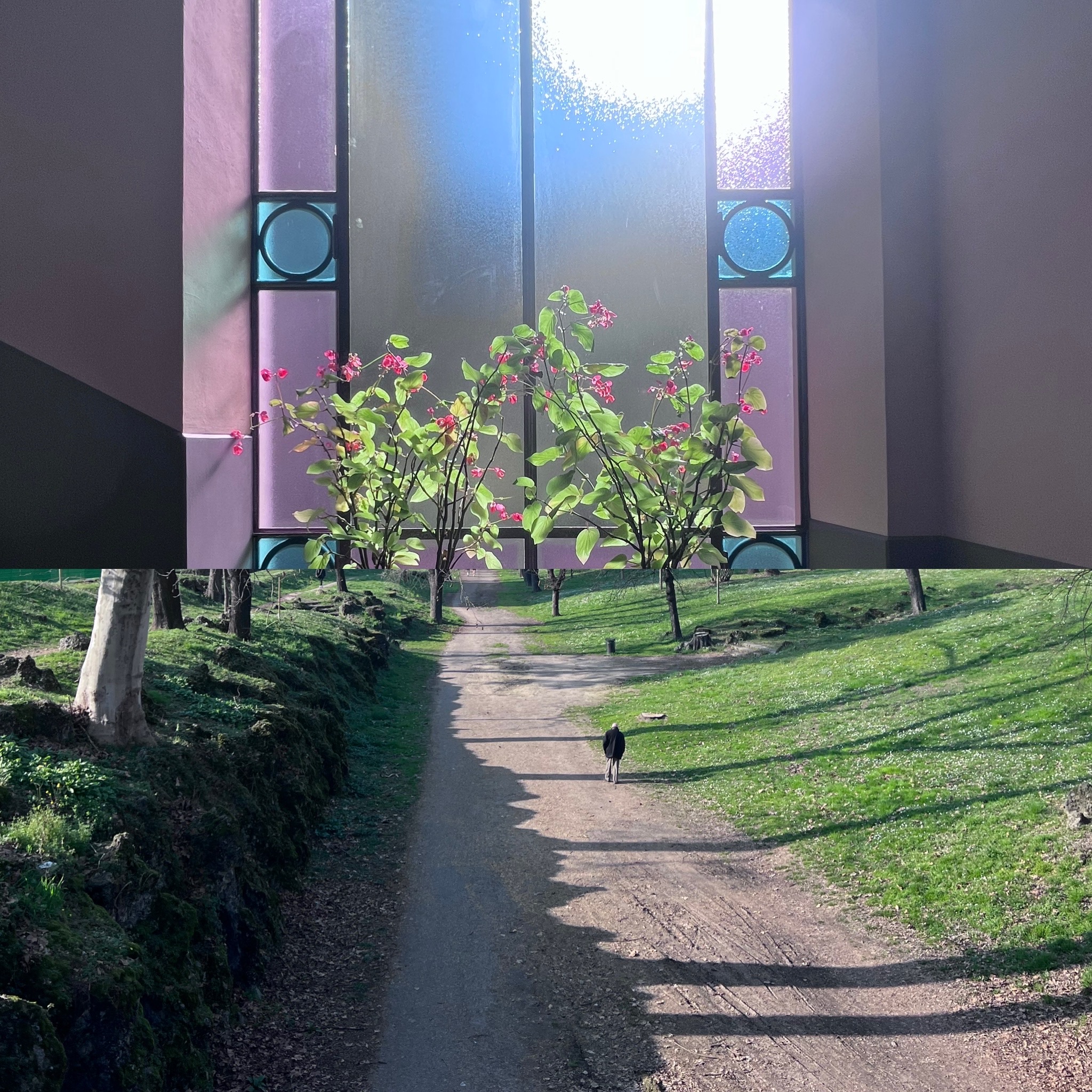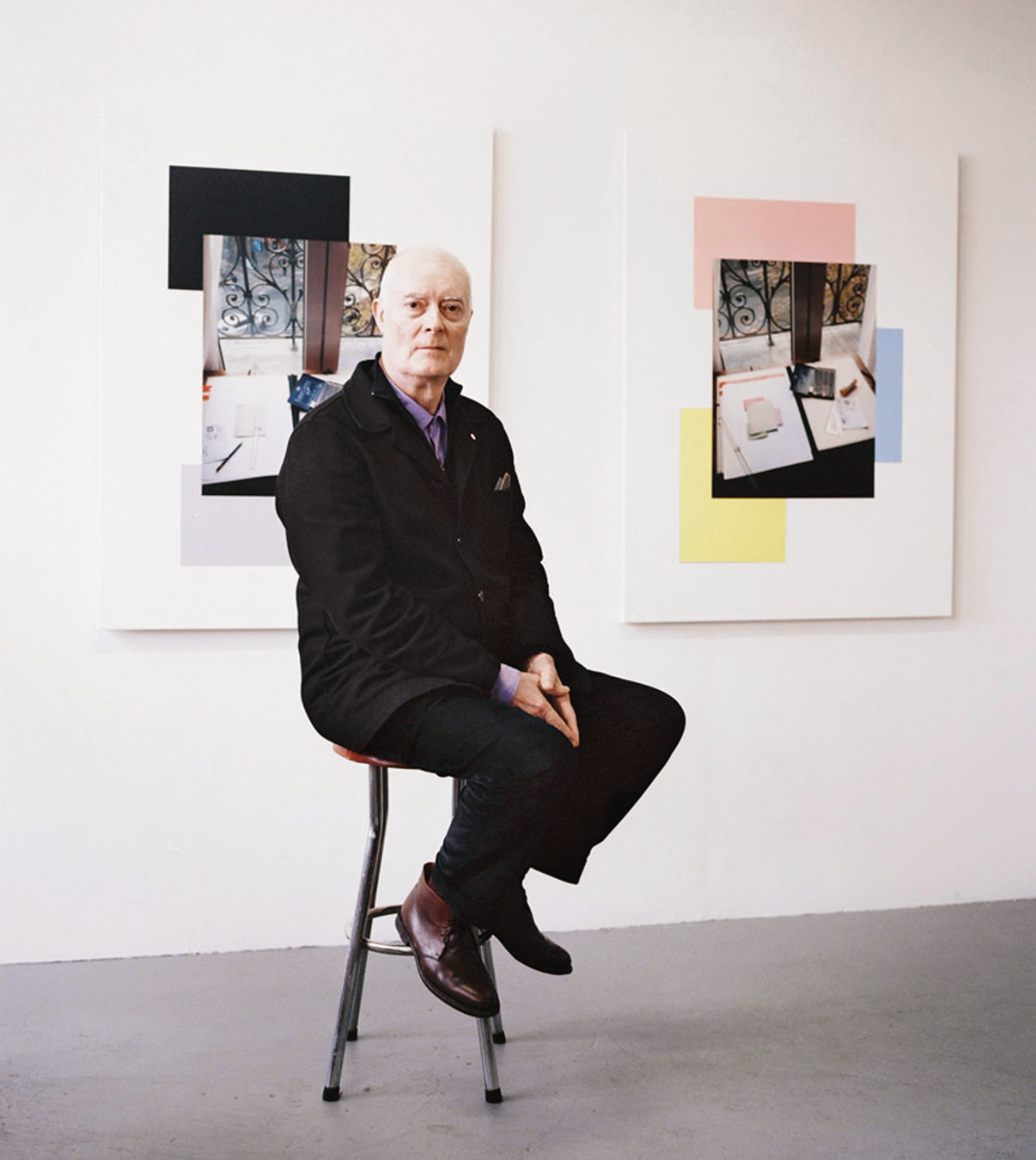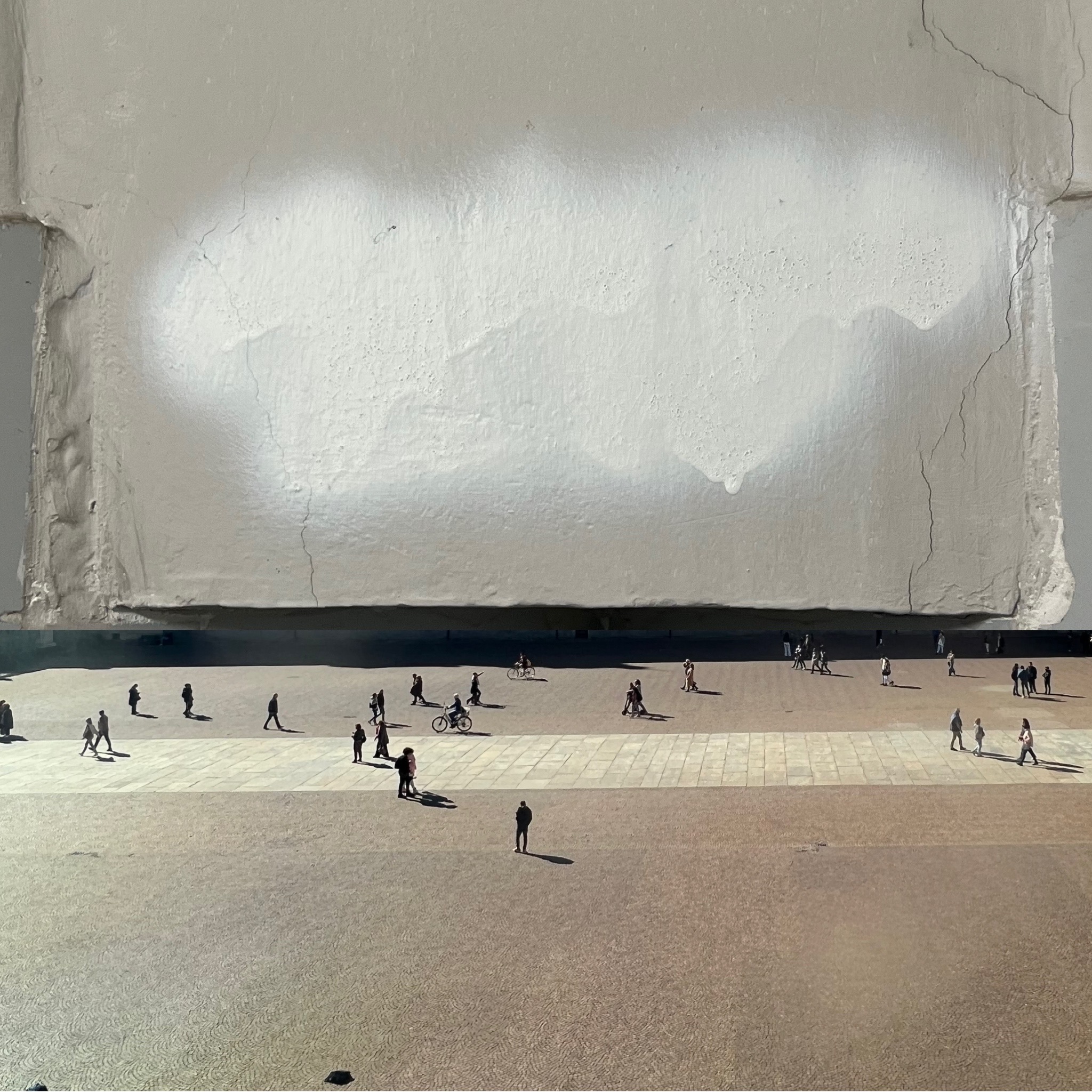
Fontanesi’s Puzzling Optical Illusions
Photography and collage.
Fontanesi is Italian, was born before the 2000s, and works in the creative industries. That is about all that is known about the elusive and deliberately anonymous photographer who has had site-specific exhibitions in Italy and Switzerland and whose Instagram now racks up 231,000 followers.
The artist isn’t anonymous among his family and friends—the name “Fontanesi” is taken from a street where he remembers once having had a great time. Anonymity is part of the artist’s method, a way to feel free and open to things happening around him that are out of his control (in a good way).
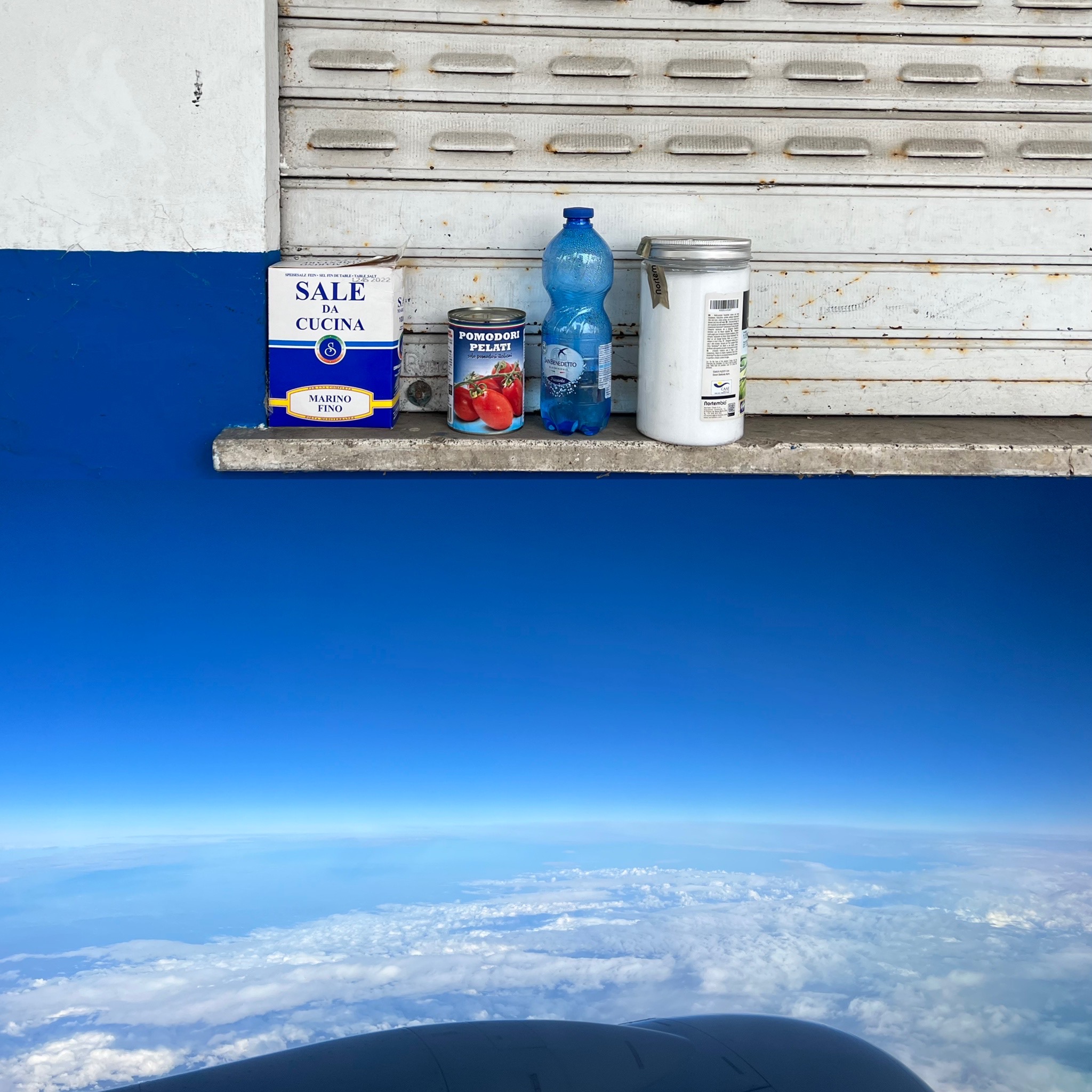
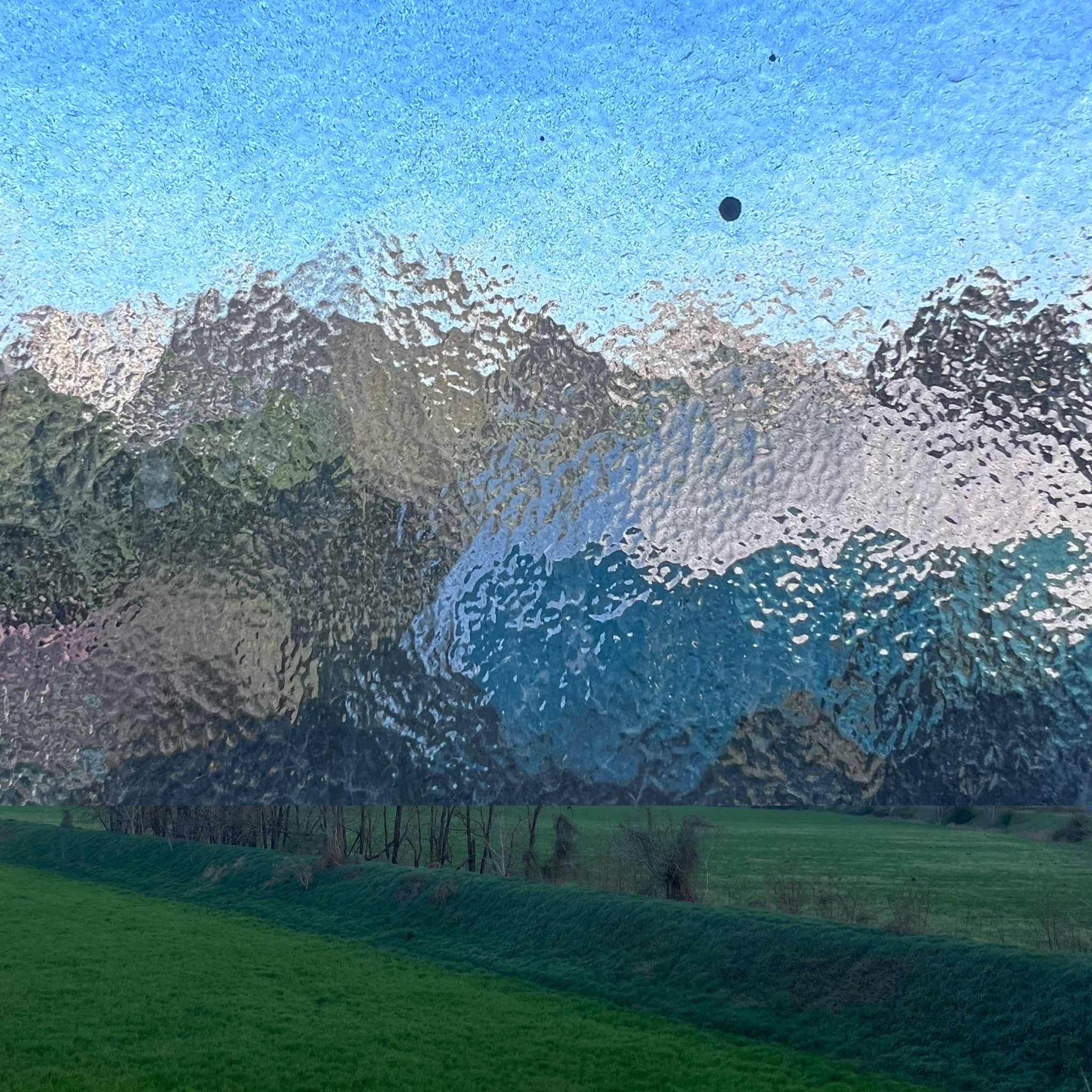
In some sense, the images he posts are a consequence of happenstance too. They comprise, seemingly randomly, a precise mash-up of two or three images to create a discordant, absurd, surreal, but often amusing new image in which the impossible (or at least the very unusual) is happening. A supermarket is open to the sky, for instance, or a giant squirrel looms over people in the park. A windsurfer uses a wrought-iron sign for his kite. A house floats in the clouds. The world is upside down, back to front. He plays with scale and juxtaposition and illusion in ways that demand a second look to work out quite what is going on.
The technique may not be sophisticated, nor the method: he takes the constituent photos on his smartphone, selects two or three, and uses Instagram’s layout software to cut them together. Any tool can be an incentive to discover one’s own aptitude for an activity, in this case taking images, but while what the most sophisticated camera can do might be awe-inspiring, a smartphone is agile. The software is quick to use, and Fontanesi says he doesn’t get lost in the details .
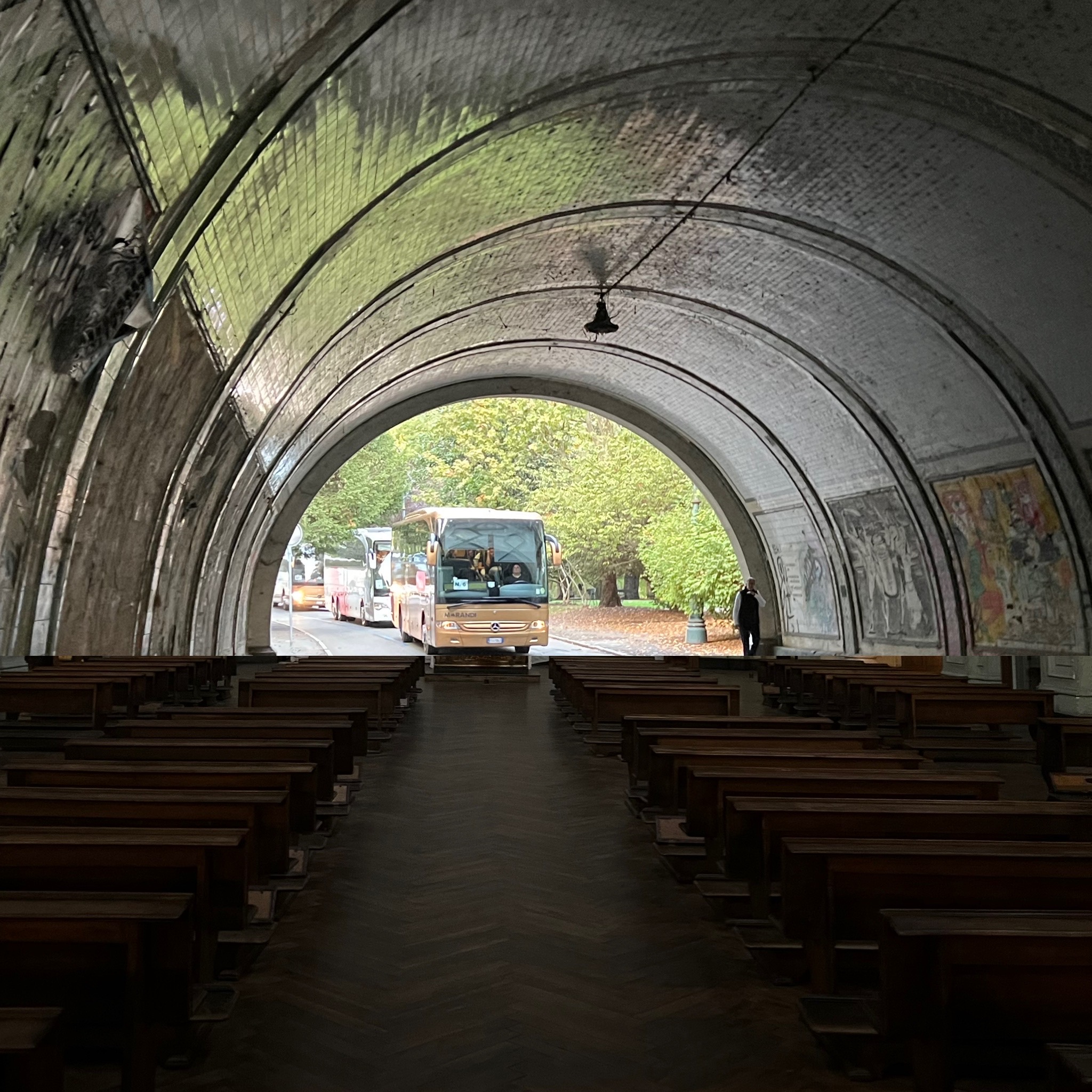
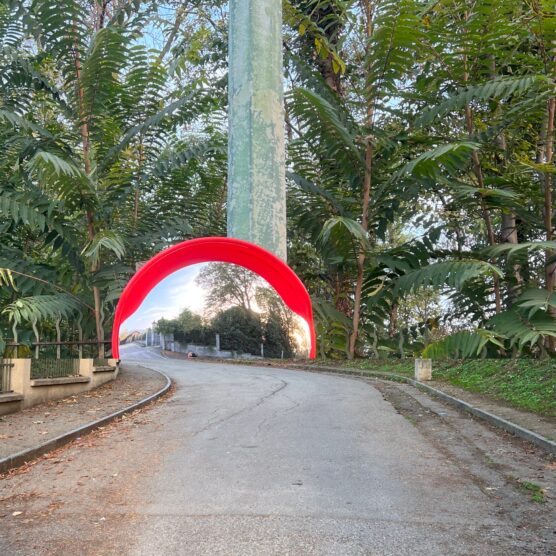
But crucially, what is sophisticated is Fontanesi’s eye. And indeed, the results are far from random, but somehow chime just so. Inevitably, he’s built an impressive archive but prefers to combine images shot relatively close together in time—if he started with endless possibilities, he would go crazy, he says.
The results may be imperfect, but in an era where complex visuals can be created with so very little, those imperfections can be seen as necessary. You want the distracted eye to be attracted, he argues.
What does he hope the reaction will be? Above all, a wry chuckle, a sense of fun. Why does he think people like his images? They’re a form of evasion from reality, he says. It is telling, though, that Fontanesi chose to title a book of his images Sfondi, meaning “background” or “wallpaper” in Italian.

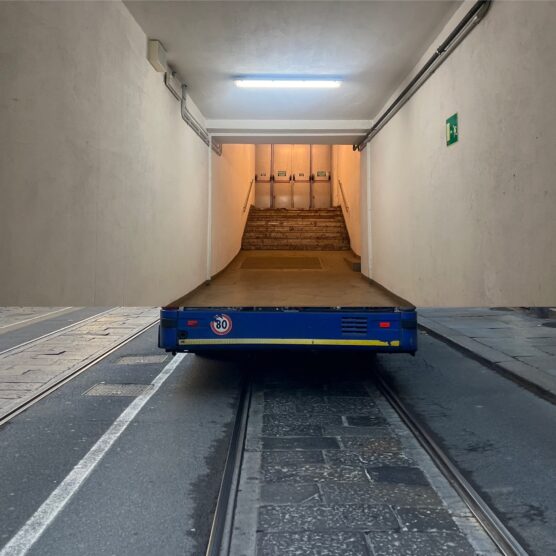
When someone shares that their phone wallpaper is one of his images, Fontanesi feels flattered. The title of his book comes from there—the intention to give importance to mundane things we see every day but take for granted: something as ordinary as a screensaver, for example.
Yet pay closer attention to these, and there are things unseen waiting to be seen, according to Fontanesi, who says he doesn’t presume to define or reveal them, and hopes the mystery is part of the fun for the viewer.

